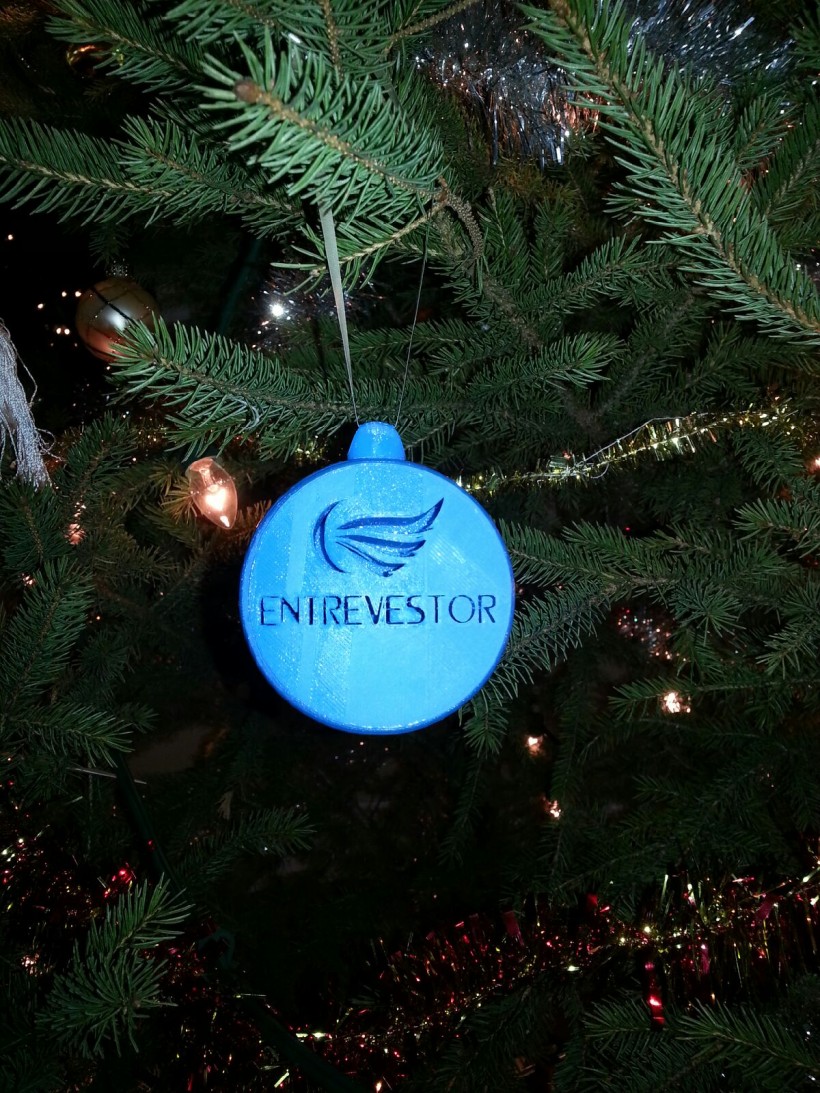The Halifax Port Authority is boosting the region’s growing oceans ecosystem with its Living Lab, designed to be a global centre for collaboration on maritime innovation, especially as it pertains to the port industry.
The PIER (Port Innovation, Engagement, and Research) will allow partners, entrepreneurs, researchers and stakeholders to solve “wicked” industry problems and uncover new commercial opportunities.
Currently under construction at the former Seaport Farmers’ Market (which has moved to the nearby Cruise Pavilion) the 30,000-square-foot space is maintaining its open-plan character and acquiring appropriate features such as meeting rooms built from shipping containers.
The wicked problems to be addressed are big, long-standing issues which “no one party can solve alone”, said Andrew Black, Director for Strategic Technology at the Port Authority, in an interview. Examples include the need for standardized data and the decarbonization of supply chains.
Black said the pandemic has highlighted the importance of working digitally, but the physical space, opening in September, is vital, and most corporations will have a physical presence.
“Rich dialogue is important, that’s how collisions happen,” Black said, as he sat in a Port Authority office adjacent to the property under development.
“One company can be working with blockchain and another with AI, and they stumble across each other and find their products are complementary.”
Last month, Canada's Ocean Supercluster, which works to modernize the ocean economy, contributed $1.1 million to a project involving local startup BlueNode, which is developing technology that improves supply chain efficiency in the oceans sector. With organizations overwhelmed by masses of data, the goal is to help them tap the value the data holds.
The Halifax Port Authority is partnering on the project, along with Saab Technologies, and the National Research Council.
“The future of international trade is as much about data as it is about getting a product from one place to another,” BlueNode Co-Founder and CEO Louis Beaubien said.
This is the kind of collaboration that will drive innovation at the PIER in three main areas: supply chain and logistics, interconnected port cities and maritime policy development. In practice, this means things like working with partners to reduce policy barriers to maritime innovation and increasing funding for startups and entrepreneurs.
The efficiency and resilience of the port and its supply chains will be a focus and the port will consider the social, economic and environment impact of its operations.
Naturally, the PIER has already formed partnerships with local groups such as COVE, the Dartmouth-based oceans innovation centre. It is also creating links with ports and groups around the globe. It currently has 13 member organizations, some of them ecosystem members on the other side of the world.
“We are creating a centre of gravity in Halifax that will act as a catalyst for innovators, researchers, and students to innovate alongside global industry players, right here in the seaport,” Black said.
He said the PIER has a particular affinity with Singapore, which also has a living lab. According to Black, the sector has many incubators and accelerators, but living labs are less common.
The richness of the region’s oceans ecosystem is “a great selling point” in attracting international partners, Black said. Potential partners are keen to hear about COVE, and other offerings such as Creative Destruction Lab’s oceans cohort, and innovation hub Volta’s program that deals with supply-chain focused AI.
It’s also intended that the new living lab will help revitalize the city’s historic Seaport area, which has suffered from lack of traffic during lockdowns and the suspension of cruise travel.
In the coming summer months, the Farmers’ Market will be held outside in a colourful street setting, and there will be new retail stores and restaurants. The businesses will benefit from weekday foot traffic from those working at the living lab as well as Farmers’ Market weekend customers.
Black said many great cities have grown up around ports, benefitting from the prosperity and economic throughput they offer.
“In a world that is increasingly urbanized and where people care about quality of life, climate change and sustainability, ports need to figure out how to be good neighbours,” he said.










